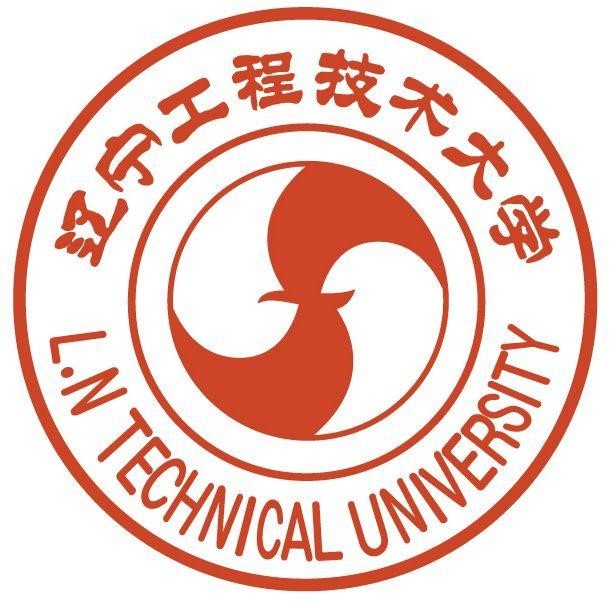发表论文
1. W. Yang and C. Wang. Graphene and the related conductive inks for flexible electronics. Journal of Materials Chemistry C, 2016, 4(30): 7193-7207.
2. W. Yang, E. J. W. List-Kratochvil and C. Wang. Metal particle-free inks for printed flexible electronics. Journal of Materials Chemistry C, 2019, 7(48): 15098-15117.
3. W. Yang, F. Mathies, E. L. Unger, F. Hermerschmidt and E. J. W. List-Kratochvil. One-pot synthesis of a stable and cost-effective silver particle-free ink for inkjet-printed flexible electronics. Journal of Materials Chemistry C, 2020, 8(46): 16443-16451.
4. W. Yang, F. Hermerschmidt, F. Mathies and E. J. W. List-Kratochvil. Comparing low-temperature thermal and plasma sintering processes of a tailored silver particle-free ink. Journal of Materials Science: Materials in Electronics, 2021, 32(5): 6312-6322.
5. G. Liu, W. Yang and C. Wang. A rapid fabrication approach for the capacitive accelerometer based on 3D printing and a silver particle-free ink. Journal of Materials Science: Materials in Electronics, 2021, accepted.
6. W. Yang, C. Wang and V. Arrighi. An organic silver complex conductive ink using both decomposition and self-reduction mechanism in film formation. Journal of Materials Science: Materials in Electronics, 2018, 29(4): 2771-2783.
7. W. Yang, C. Wang and V. Arrighi. Effect of amine types on the properties of silver oxalate ink and film formation. Journal of Materials Science: Materials in Electronics, 2018, 29(24): 20895-20906.
8. W. Yang, C. Wang and V. Arrighi. One step fabrication of highly conductive copper-silver hybrid films using a low-temperature-self-catalyzed sintering ink. Journal of Materials Science: Materials in Electronics, 2019, 30(12): 11607-11618.
9. W. Yang, C. Liu, Z. Zhang, et al. Copper inks formed using short carbon chain organic Cu-precursors. RSC Advances, 2014, 4(104): 60144-60147.
10. W. Yang, C. Wang, V. Arrighi and F. Vilela. One step synthesis of a hybrid Ag/rGO conductive ink using a complexation-covalent bonding-based approach. Journal of Materials Science: Materials in Electronics, 2017, 28(11): 8218-8230.
11. W. Yang, C. Wang and V. Arrighi. Silver oxalate ink with low sintering temperature and good electrical property. Journal of Electronic Materials, 2018, 47(5): 2824-2835.
12. W. Yang, C. Wang and V. Arrighi. Microstructure and electrical property of copper films on a flexible substrate formed by an organic ink with 9.6% of Cu content. Journal of Materials Science: Materials in Electronics, 2015, 26(11): 8973-8982.
13. W. Yang, C. Liu, Z. Zhang, et al. One step synthesis of uniform organic silver ink drawing directly on paper substrates. Journal of Materials Chemistry, 2012, 22(43): 23012-23016.
14. W. Yang, C. Liu, Z. Zhang, et al. Paper-based nanosilver conductive ink. Journal of Materials Science: Materials in Electronics, 2013, 24(2): 628-634.
15. W. Yang, C. Liu, Z. Zhang, et al. Preparation and conductive mechanism of copper nanoparticles ink. Journal of Materials Science: Materials in Electronics, 2013, 24(12): 5175-5182.
16. W. Yang, J. F. Huang, L.Y. Cao, et al. Preparation of a SiC/Cristobalite-AlPO4 multi-layer protective coating on carbon/carbon composites and resultant oxidation kinetics and mechanism. Journal of Materials Sciences & Technology, 2010, 26(11): 1021-1026. (SCI)
17. W. Yang, J. F. Huang, L. Y. Cao, et al. Influence of AlPO4 Crystalline Structure on Microstructure and Antioxidation Property of Multi-layer Coating. Journal of Inorganic Materials, 2010, 25(5): 527-531.
18. F. Wang, Z. Xie, B. Zhang, Y. Liu, W. Yang and C. Liu. Down-and up-conversion luminescent carbon dots fluid: inkjet printing and gel glasses fabrication. Nanoscale, 2014, 6(7): 3818-3823.
